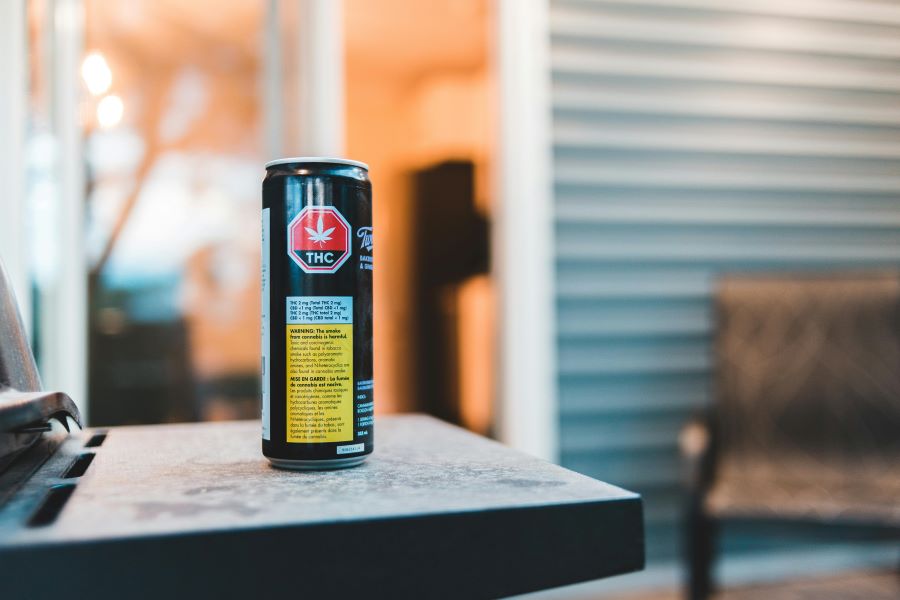Packaging and Cannabis Warning Label Guide for Cannabis Products in California
The allure of cannabis products has surged in California since the legalization of recreational marijuana in 2018. However, the surge in consumption has necessitated stricter regulation of packaging and labeling. In this comprehensive guide, we delve into the intricate legal requirements for cannabis packaging, the crucial importance of cannabis warning labels, and recent updates in California cannabis laws related to packaging materials and recycling.
Legal Requirements for Cannabis Packaging
When we talk about cannabis packaging, there are a bunch of rules that companies need to follow to make sure everything’s above board and safe for consumers. At the national level, there are two important things they need to nail down: packaging that’s tough for kids to open and features that show if someone’s messed with the product.
Ensuring child-resistant packaging is a federal mandate aimed at preventing accidental consumption by children. This safety measure not only reduces the risk of unintended ingestion but also promotes responsible cannabis consumption practices among adults. Child-resistant packaging standards are meticulous, requiring manufacturers to meet specific criteria to ensure effectiveness while maintaining accessibility for adults.
Tamper-evident features go hand-in-hand with child-resistant cannabis packaging, providing visual cues to consumers about the product’s safety and integrity. These features build trust, protect against contamination, and act as a deterrent against unauthorized access. In addition to physical tamper-evident measures, there’s an emerging trend toward incorporating digital solutions to enhance security and reassure consumers.
Cannabis Warning Labels: What You Need to Know?
Making sure we label cannabis products correctly is super important because it’s how consumers get the lowdown on what they’re buying.
Cannabis warning labels play a crucial role in informing consumers about THC content, serving sizes, and potential health risks associated with the product. This information empowers consumers to make informed and responsible decisions. As the industry evolves, there’s a growing call for more detailed information on THC warning labels, including terpene profiles, cultivation methods, and potential therapeutic effects, allowing consumers to make choices aligned with their preferences and values.
California mandates a specific font size, style, and placement for cannabis warning labels, ensuring easy readability and prominence on the cannabis packaging. Adhering to these specifications enables effective communication of essential information. Some experts argue for standardized labeling across states to enhance consistency and ease of understanding for consumers, promoting a unified approach to cannabis education.
Update in the Law: California Universal Cannabis Symbol
California recently introduced a regulation mandating a universal cannabis symbol on cannabis products—an exclamation point within an equilateral triangle. This visual cue aids consumers in easily identifying products containing cannabis. The adoption of a universal cannabis symbol reflects efforts to standardize labeling practices nationally, streamlining the consumer experience and fostering a sense of familiarity and trust.
Cannabis Packaging Material Selection in California
Environmental responsibility is a growing concern, prompting the emergence of cannabis cartridge recycling programs. Proper disposal of these items minimizes environmental impact and supports sustainability. Manufacturers are increasingly exploring innovative eco-friendly packaging materials, aiming to reduce waste and carbon footprints throughout the product lifecycle.
Chasing Arrows and Other Recycling Claims
While many cannabis companies use recycling symbols on their packaging, it’s crucial to note that not all symbols are universally accepted. Consumers must follow local recycling guidelines for proper disposal and recycling. The industry is witnessing collaborative efforts between manufacturers and recycling facilities to develop standardized symbols, ensuring a more consistent and effective approach to recycling cannabis packaging.
Prop 65 and New Updates in the Law
Proposition 65 requires warnings about exposures to chemicals that can cause harm and applies to cannabis products. Compliance with these requirements is essential for protecting consumer health. Ongoing research and advancements in testing methods are contributing to an evolving list of chemicals requiring warnings, emphasizing the need for flexibility in labeling regulations to accommodate emerging scientific insights.
California’s Prohibition on Flavored Inhalable Cannabis Products
In addition to Prop 65, California prohibits flavored inhalable cannabis products to safeguard public health, especially targeting underage consumers. Compliance with this ban is crucial to avoid legal repercussions. The ban has sparked discussions on flavor regulations in other states, prompting a broader conversation about balancing consumer preferences with public health concerns and the role of responsible marketing practices in the cannabis industry.
Proper packaging and labeling are paramount for ensuring consumer safety, regulatory compliance, and environmental responsibility in the cannabis industry. Adhering to legal requirements, including child-resistant packaging, tamper-evident features, and THC warning labels, establishes trust and informs consumers. Staying abreast of legal updates is vital for California’s cannabis companies to maintain compliance and provide accurate information. The industry’s proactive response to evolving consumer demands and regulatory landscapes is shaping a more transparent, responsible, and sustainable future for cannabis products.






